Archives
- 2025-10
- 2023-07
- 2023-06
- 2023-05
- 2023-04
- 2023-03
- 2023-02
- 2023-01
- 2022-12
- 2022-11
- 2022-10
- 2022-09
- 2022-08
- 2022-07
- 2022-06
- 2022-05
- 2022-04
- 2022-03
- 2022-02
- 2022-01
- 2021-12
- 2021-11
- 2021-10
- 2021-09
- 2021-08
- 2021-07
- 2021-06
- 2021-05
- 2021-04
- 2021-03
- 2021-02
- 2021-01
- 2020-12
- 2020-11
- 2020-10
- 2020-09
- 2020-08
- 2020-07
- 2020-06
- 2020-05
- 2020-04
- 2020-03
- 2020-02
- 2020-01
- 2019-12
- 2019-11
- 2019-10
- 2019-09
- 2019-08
- 2019-07
- 2019-06
- 2019-05
- 2019-04
- 2018-07
-
DDX belongs to the DEAD
2019-09-17
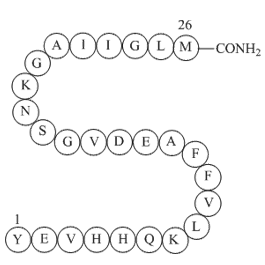
DDX3 belongs to the DEAD-box family of proteins, ATP-dependent RNA helicases characterized by the presence of a highly conserved helicase core domain [13]. This catalytic core is composed of two RecA-like domains containing motifs involved in ATP binding/hydrolysis, RNA binding and helicase activity
-
MK 886 kinase br Structural and biochemical features of pol
2019-09-16
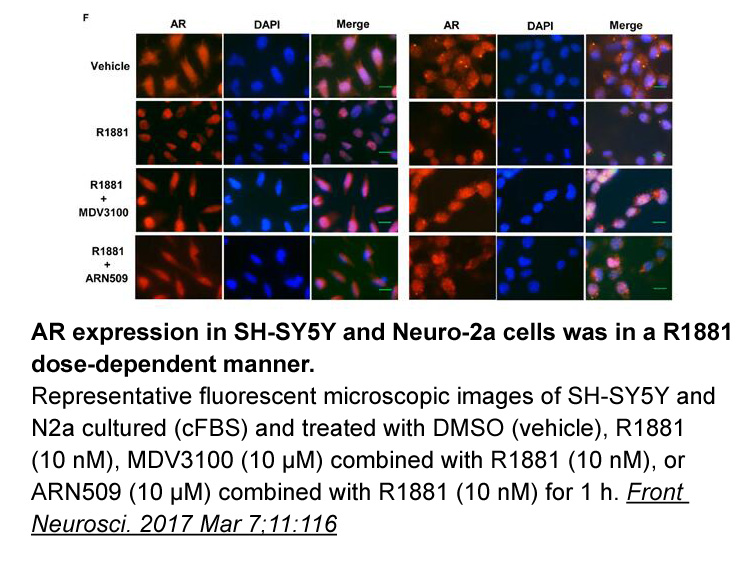
Structural and biochemical features of pol X family polymerases The X-family DNA polymerase (polX) is specialized in DNA repair. This family is composed of four different DNA polymerases: pol β, pol λ, pol μ and TdT. Only three members of the polX family possess an N-terminal BRCT (BRCA1 carboxy-
-
E ligases provide substrate recognition
2019-09-12
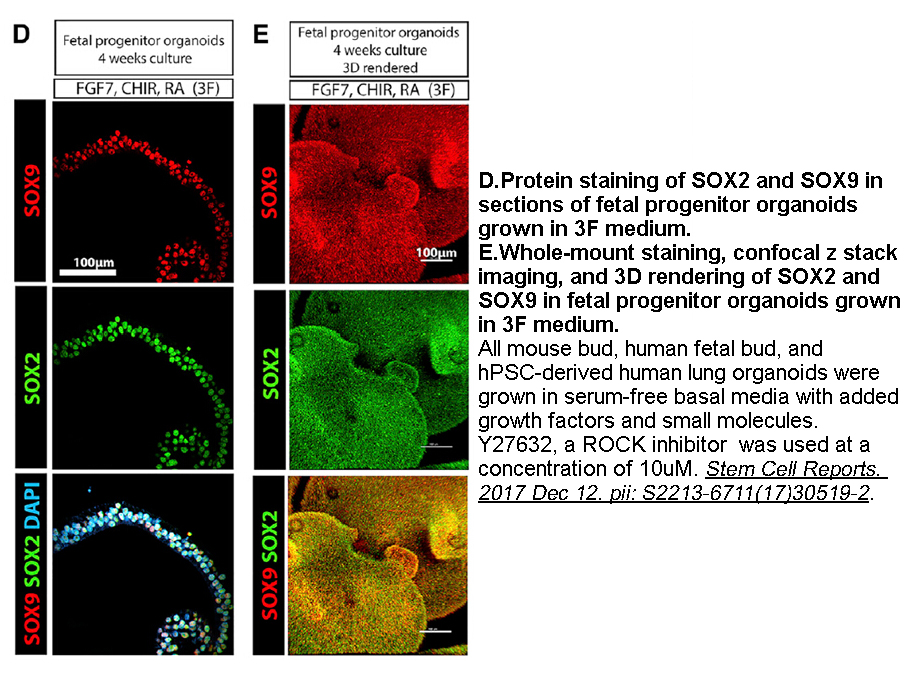
E3 ligases provide substrate recognition specificity Ubiquitination BIX 02565 and substrate specificity in mammals is achieved by the existence of over six-hundred E3-ubiquitin ligases that catalyze the final step of ubiquitination, compared with only one E1 and very few E2 enzymes known till date
-
These studies established IAP proteins as dimeric RING
2019-09-12
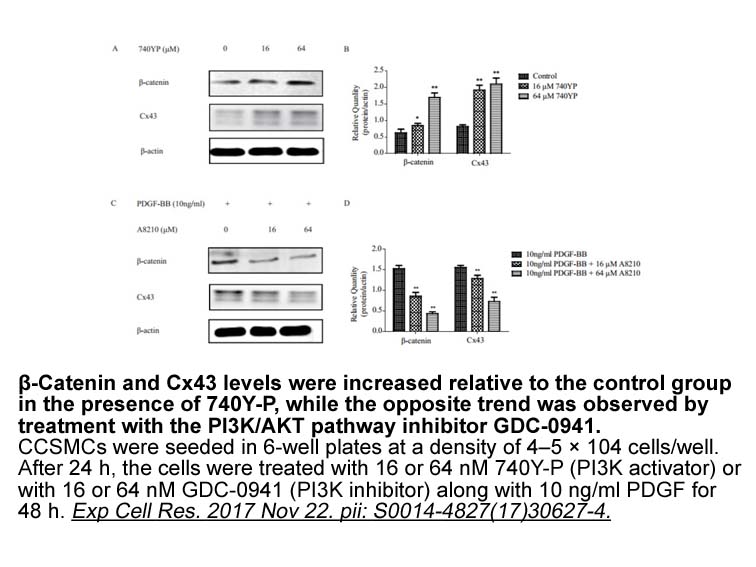
These studies established IAP proteins as dimeric RING E3 ligases, but did not account for the essential role of dimerization. In IAPs and related E3s, such as RNF4 and MDM2, dimerization not only depends on contacts from the core RING domain but also residues N- and C-terminal to the RING domain (B
-
The UPP broadly involves proteolysis in
2019-09-12
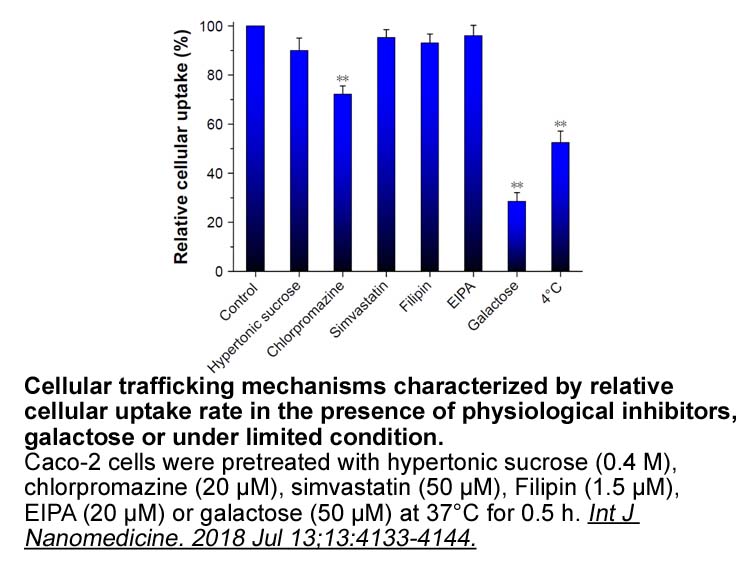
The UPP broadly involves proteolysis in biochemical processes and is a potential target for cancer therapy. The UPP degrades unfolding or damaged proteins by an ATP-dependent mechanism (Ciechanover, Elias, Heller, Ferber, & Hershko, 1980). It also plays an important role in Fmoc-D-Phe(4-Cl)-OH regul
-
br Material and methods br Results and discussion
2019-09-12
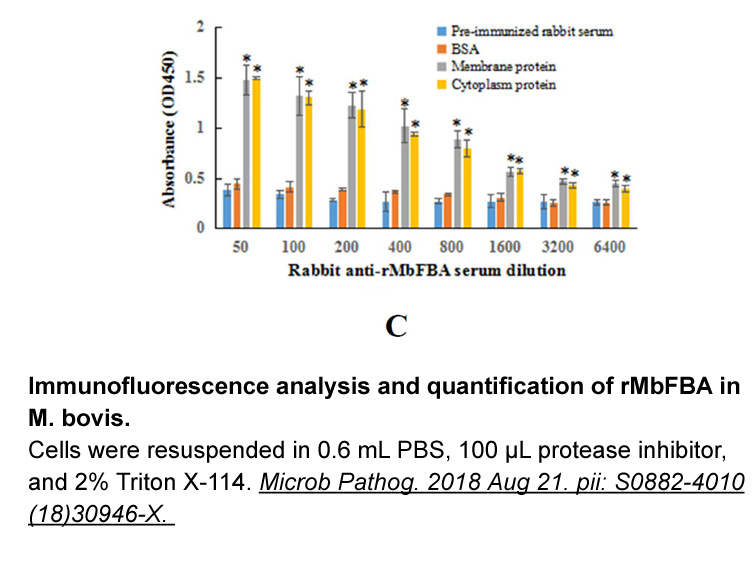
Material and methods Results and discussion Conclusions Acknowledgements S. De thanks DST, New Delhi for generous grant of the SERC Fast Track Scheme No. SR/FT/CS-057/2008. R. Kundu thanks the University of Kalyani for financial assistance. We are grateful to Prof. K. Bhattacharyya of IA
-
br Conflict of interest statement br Acknowledgement The
2019-09-12
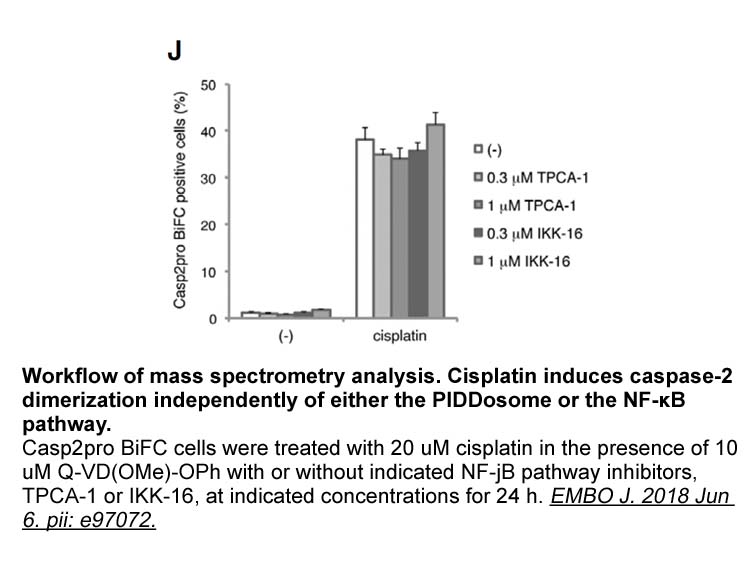
Conflict of interest statement Acknowledgement The study was financially supported by the Ministry of Education, Youth and Sports of the Czech Republic – projects “CENAKVA” (No. CZ.1.05/2.1.00/01.0024) and “CENAKVA II” (No. LO1205 under the NPU I program), by the Grant Agency of the University
-
We showed for the first
2019-09-12
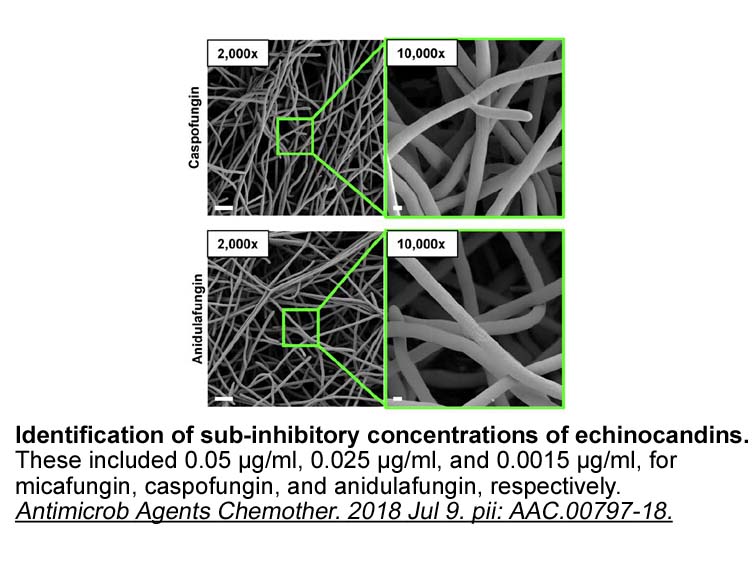
We showed for the first time that ivermectin significantly reduced the pH-induced response of the pHCl-A variant at 300nM, whereas fipronil and γ-BHC had no significant effects on the channel unlike in RDL and GluCl (Fig. 4). Such a concentration is similar to the threshold at which ivermectin activ
-
br Diverse functions of ERK pathway Same
2019-09-12
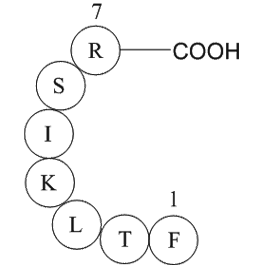
Diverse functions of ERK pathway Same as the other MAPK cascades, the ERK pathway is activated by several extracellular stimuli and different internal routes. ERK vitally tunes the function of various substrates in all cellular components; the nucleus, cytoplasm, membranes and the cytoskeleton. E
-
br Target enzyme attributes and substrate
2019-09-12
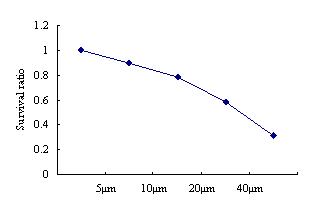
Target enzyme attributes and substrate peptide selection Protein kinases catalyze the phosphorylation of serine, threonine, and tyrosine residues in both proteins and peptides using ATP as the phosphoryl donor. The human kinome is comprised of 518 protein kinases and 40 lipid kinases. The vast ma
-
Elastase belongs to chymotrypsin family of proteases and it
2019-09-11
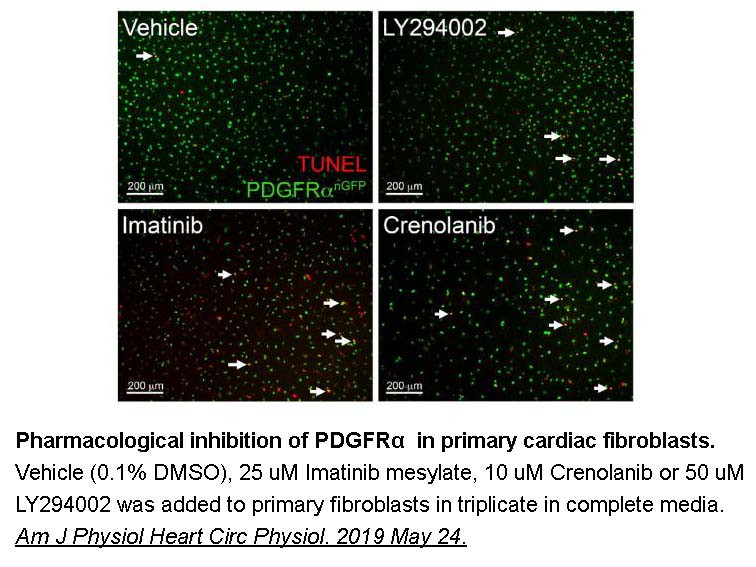
Elastase belongs to chymotrypsin family of proteases and it is responsible for the breakdown of elastin and other proteins, such as collagen and fibronectin, which are fundamental for the ECM elastic properties (Imokawa and Ishida, 2015). Misregulations of this enzyme are involved in skin ageing pro
-
This pre GC B cell
2019-09-11
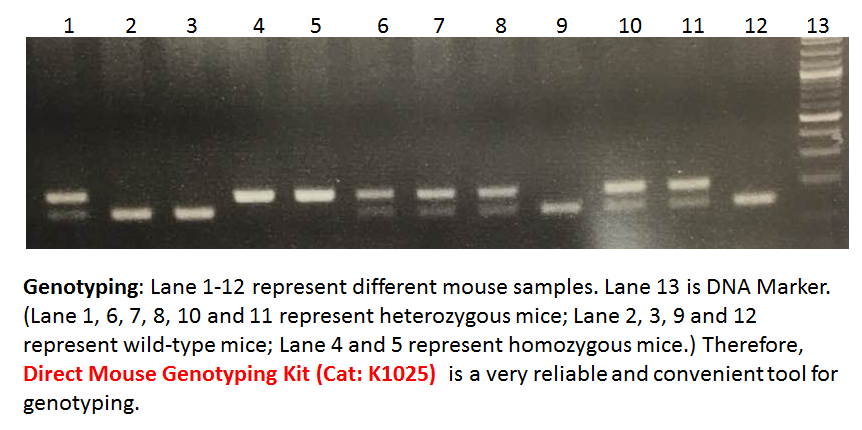
This pre-GC B cell differentiation deficiency caused by RD2 loss of function was explained at least in part by the finding that the BCL6 RD2 domain is required to repress expression of the key migration factors GRP183 and S1PR1. Downregulation of GRP183 is critically important for B cell migration i
-
Lymphocyte mobility and homing is
2019-09-11
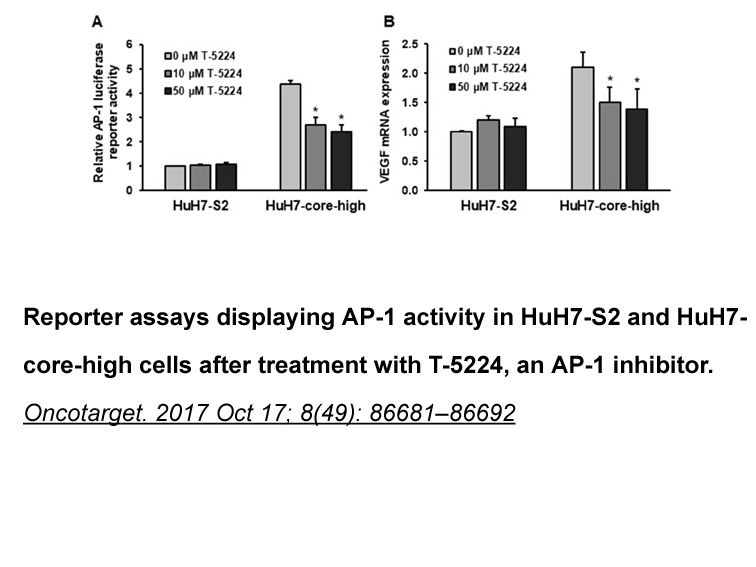
Lymphocyte mobility and homing is modulated by the chemoattractant receptor subfamily of G protein-coupled receptors (GPCRs) (Campbell et al., 2003, Rot and von Andrian, 2004). B cell migration and position are controlled to a large extent by the lymphoid chemokines CXCL13, CXCL12, CCL19, and CCL21
-
Inflammation is critical in the pathobiology of atherosclero
2019-09-11
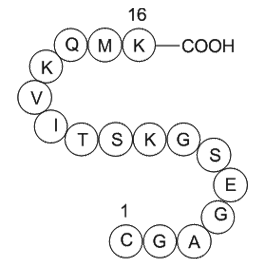
Inflammation is critical in the pathobiology of atherosclerosis. The inflammatory mediators impacted by FBXO3 described herein i.e. NF-κB, IL-1β, and TNF-α, and IL-8 have purported causal roles in atherosclerosis. For example, NF-κB activation is increased in mononuclear cells in human plaques [29]
-
AMPHs facilitate dopamine release which
2019-09-11
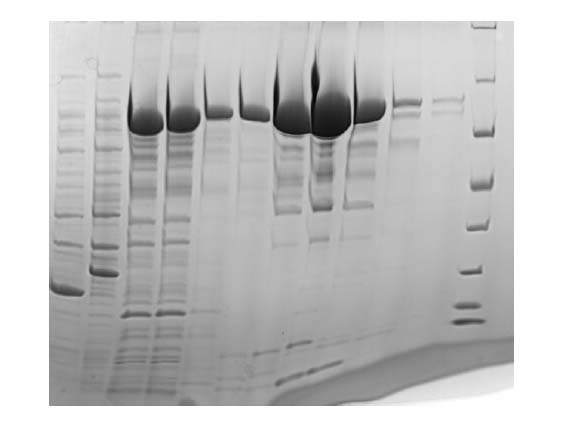
AMPHs facilitate dopamine release, which further triggers dopamine depletion [72]. Indeed, we observed that repeated treatment of MPA significantly inhibited TH-, DAT-, and VMAT-2 levels. Since DAT and VMAT-2 are important for dopaminergic terminal markers [10], their decreases suggest that MPA-ind
11292 records 674/753 page Previous Next First page 上5页 671672673674675 下5页 Last page